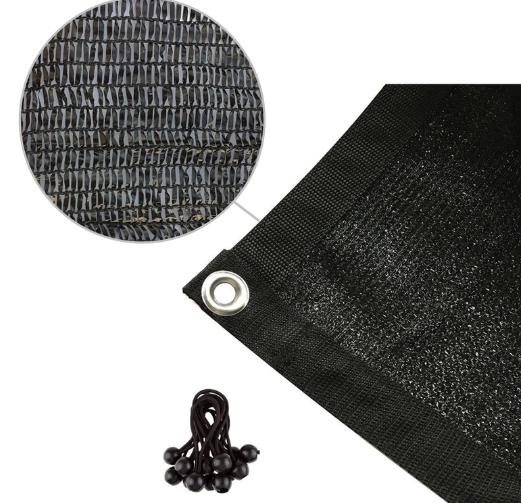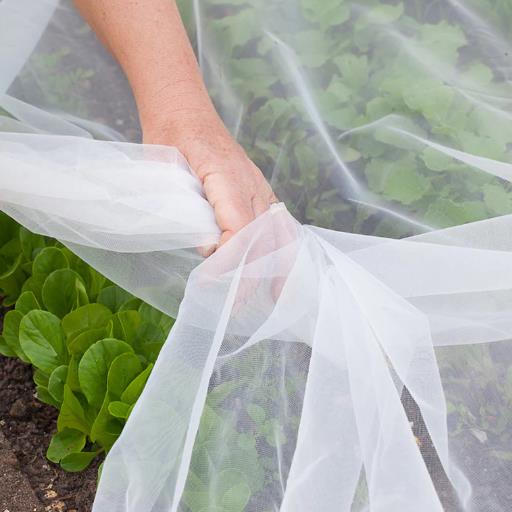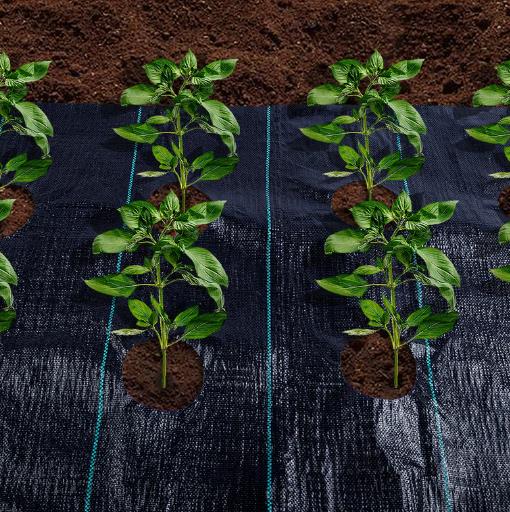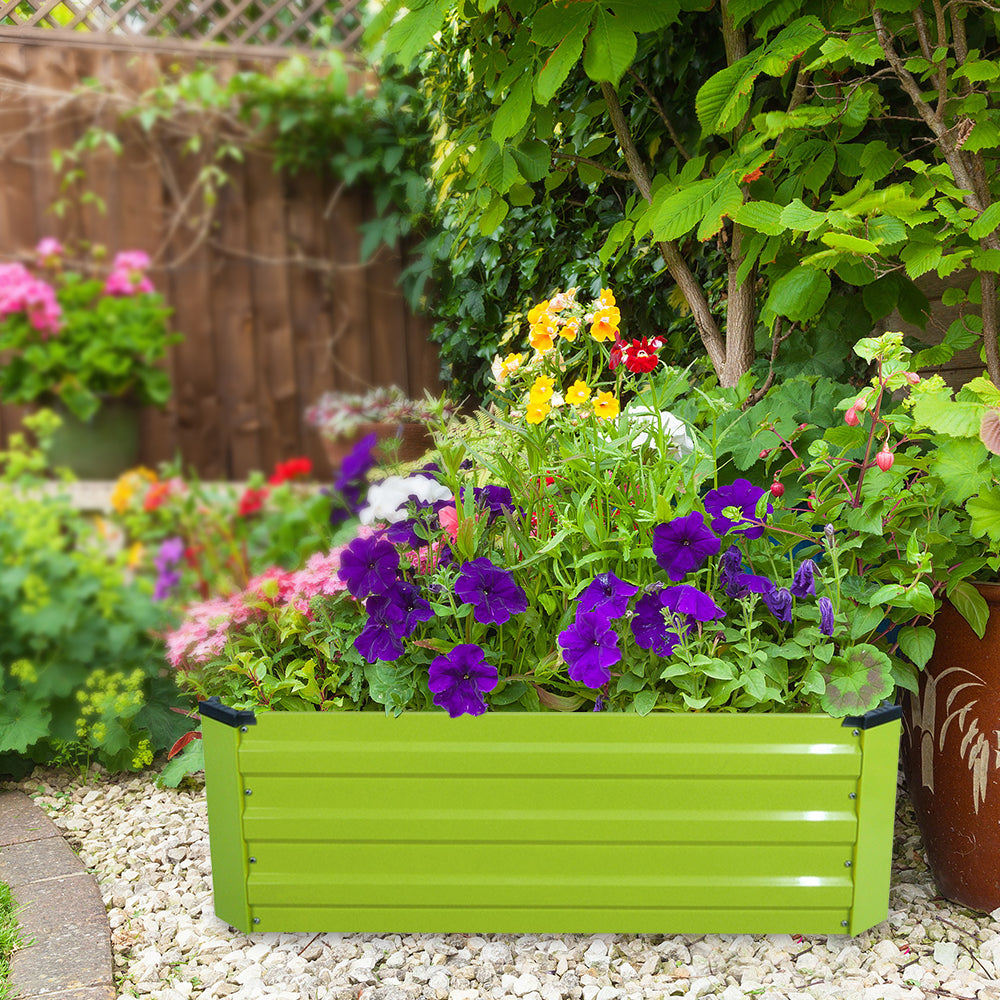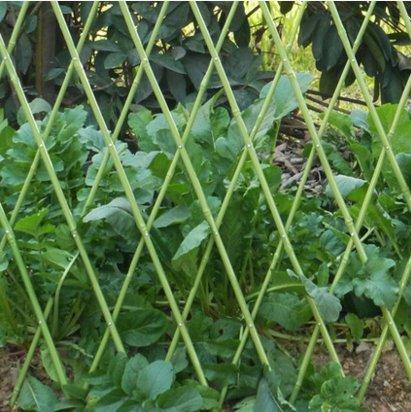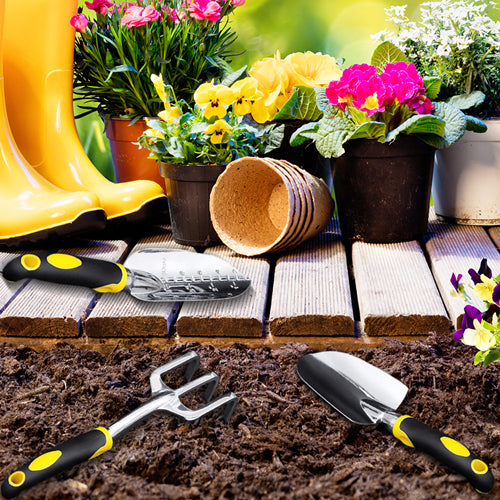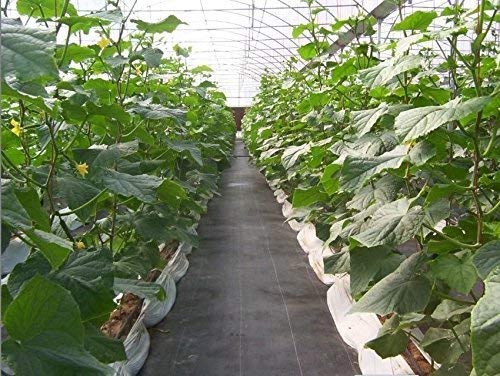
Landscape fabric also we called weed control fabric, weed barrier fabric, weed fabric.Laying down landscape fabric is the easiest and often the most effective method for fighting weeds. It prevents weed seeds from germinating in the soil or from landing and taking root from above the soil. And because landscape fabric is "breathable," it lets water, air, and some nutrients to flow down to the soil to feed desirable plants.
Most quality landscape fabric is made of spun synthetic-fiber material that blocks sunlight but permits the passage of some water and air. The material is tough, but it can be damaged by sharp rocks, tools, and roots. For this reason, it's a good idea to rake and smooth the ground before laying the fabric. Many fabrics are UV-protected but will last longer if they are not directly exposed to sunlight. A layer of mulch or other ground material provides this coverage.Most quality landscape fabric is made of spun synthetic-fiber material that blocks sunlight but permits the passage of some water and air. The material is tough, but it can be damaged by sharp rocks, tools, and roots. For this reason, it's a good idea to rake and smooth the ground before laying the fabric. Many fabrics are UV-protected but will last longer if they are not directly exposed to sunlight. A layer of mulch or other ground material provides this coverage. Next,I’ll show you how to use landscape fabric step by step.
Remove All Vegetation
At first, Pull and dig out all the existing weeds from your garden and landscape areas.
It’s important and necessary to start the job with a weeds-free area, that’s why you’ve to dig and pull out the weeds from the areas where you want to lay your fabric.
Once you’ve pulled out weeds, turn your garden soil with a fork or a tiller. And put compost and all other fertilizer what you want to put in your garden soil.
The compost and any other soil additives work into the area ground-based on what you want to plant in the area.

Clear and Level the Soil
Rake the area thoroughly with a steel garden rake, also called a bow rake. Pull up any uprooted weeds and rake out all twigs, stones, and other sharp objects that could damage the landscape fabric. Discard the loosened rocks and debris as you rake until the soil surface is smooth and flat.

Lay the Landscape Fabric
Now take your utility knife, scissors or a fabric rotary cutter, and cut the landscape/weed control fabric with your scissors, utility knife or a fabric rotary cutter so that your fabric can fit the area.
Also, you must cut additional pieces of landscape/weed fabric to cover a large area and overlap the pieces by 12/14 inches to prevent the weeds from squeezing in between gaps.
Now cut slits in your fabric to accommodate existing plants in the area, And then position the silt around the stem of your plant.
Secure the Fabric With Staples
Now take your landscape staples, and push a landscape staple through the fabric and into the garden ground every few feet.
And then secure all the edges of the fabric, such as the joints where two sheets of landscape or weed fabric meet.

Plant Through the Landscape Fabric
Now you’ve to cut the fabric for plants.So, cut an x into the landscape/weed fabric in the place where you want to plant new plants.And then cover the roots with soil. After that, you’ve to re-position the fabric over the soil.

Cover the landscape fabric with mulch or other ground cover, if desired. If using natural mulch, such as wood chips or pine needles, add no more than about 2 inches of the cover.
Areas covered with landscape fabric need some maintenance to remain weed-free over time.


